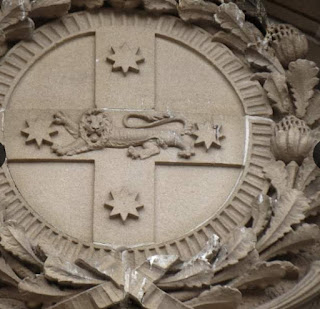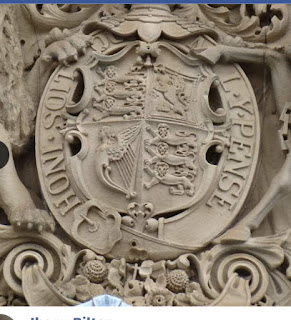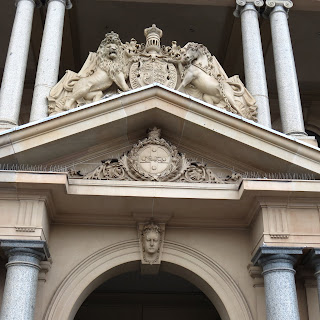Circular Quay is one of Sydney's most iconic and historically significant areas, known for its stunning waterfront, bustling harbor, and role in the city's development. Here's a comprehensive overview of the complete history of Circular Quay:
Early Indigenous Use:
- Before European colonization, the area around Circular Quay was inhabited by the Eora Aboriginal people, who had a strong connection to the harbor and waterways.
Early European Settlement:
- In 1788, Captain Arthur Phillip and the First Fleet established the first European settlement in Sydney Cove, near what is now Circular Quay.
- The area served as a landing point and a hub for early colonial activity.
Early Infrastructure:
- By the early 1800s, wharves, docks, and warehouses were built along the harbor, turning Circular Quay into a bustling maritime center.
- The area became a hub for trade, shipping, and transport.
Expansion and Development:
- Throughout the 19th century, Circular Quay continued to develop, with improvements to its infrastructure, including wharves and customs facilities.
- The construction of Circular Quay's first wharf, the Commissariat Store, and other structures enhanced its commercial importance.
Transportation Hub:
- The mid-19th century saw the introduction of steamships and improved maritime facilities, solidifying Circular Quay's role as a transportation hub.
- Ferries and steamships connected Circular Quay to other parts of Sydney and beyond.
Renovation and Modernization:
- In the early 20th century, Circular Quay underwent renovations and modernization projects, including the construction of the Circular Quay Railway Station (now Circular Quay Station).
- The area continued to evolve as a bustling commercial and transport center.
Harbor Bridge and Opera House:
- The opening of the Sydney Harbour Bridge in 1932 transformed the area, connecting Circular Quay to North Sydney.
- In the later 20th century, the Sydney Opera House, a world-renowned architectural marvel, was constructed on Bennelong Point near Circular Quay.
Tourism and Cultural Center:
- Circular Quay's central location, stunning views of the harbor, and proximity to iconic landmarks made it a popular destination for both locals and tourists.
- The area is home to numerous cultural institutions, dining establishments, and public spaces.
Urban Renewal:
- In recent decades, Circular Quay has undergone various urban renewal projects to enhance its accessibility, attractiveness, and cultural offerings.
- The area hosts events, festivals, and markets, contributing to its vibrancy and cultural significance.
Transport and Accessibility:
- Circular Quay remains a major transportation interchange, with ferries, trains, buses, and light rail connecting the area to different parts of Sydney.
Today, Circular Quay stands as a vibrant and historic precinct that embodies Sydney's past, present, and future. Its role as a transportation hub, cultural center, and iconic harborside location continues to shape the city's identity and draw people from around the world.




































































